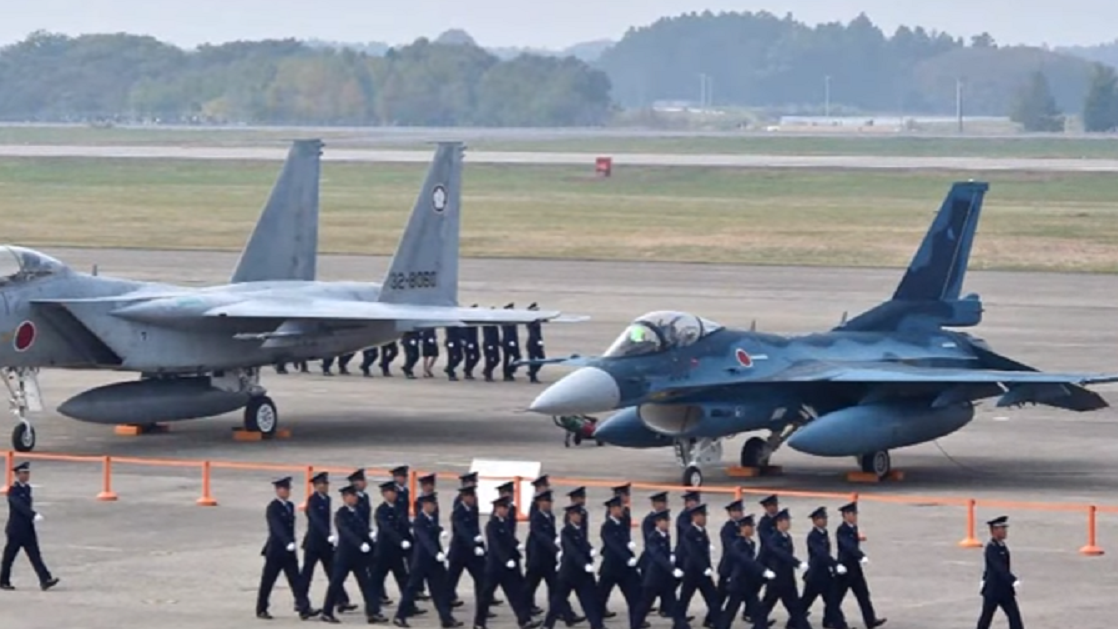This is what happened when Japan gave the F-16 steroids

SUMMARY
When Japan was looking to replace aging F-1 fighters (dedicated anti-ship aircraft), they were thinking about an indigenous design. The F-1, based on the T-2 trainer, had done well, but it was outdated.
According to aviation historian Joe Baugher, the Japanese eventually decided to go with a modified version of the F-16C/D, giving Lockheed Martin a piece of the action.
However, Japan didn't go with a typical F-16. They decided to give it some upgrades, and as a result, their replacement for the F-1 would emerge larger than an F-16, particularly when it came to the wings – gaining two more hardpoints than the Viper.
This allowed it to carry up to four anti-ship missiles — enough to ruin a warship's entire day.
It was also equipped from the get-go to carry radar-guided missiles like the AIM-7 Sparrow and Japan's AAM-4. MilitaryFactory.com notes that the F-2 was delayed by issues with the wings, and eventually sticker shock hit the program when the initial versions had a price tag of $100 million each.
In the 1990s, that was enough to truncate production at 98 total airframes, instead of the planned 140.
AirForce-Technology.com reported that F-2s deployed to Andersen Air Force Base in Guam for joint exercises in 2007. In 2011, 18 of the planes suffered damage, but most were returned to service. In 2013, the F-2s saw "action" when Russian planes flew near Japanese airspace.
For its long development and its truncated production, the F-2 has proved to be very capable. It has a top speed of 1,553 miles per hour and it carries over 17,800 pounds of ordnance.
By comparison, an Air Force fact sheet notes that the F-16 has a top speed of 1,500 miles per hour, and MilitaryFactory.com credits it with the ability to carry up to 17,000 pounds of ordnance.
In essence, the F-2 paid a visit to BALCO, and got some good steroids, going a little faster and carrying a bit more than your normal F-16. Japan has also improved the plane's radar.
SHARE
